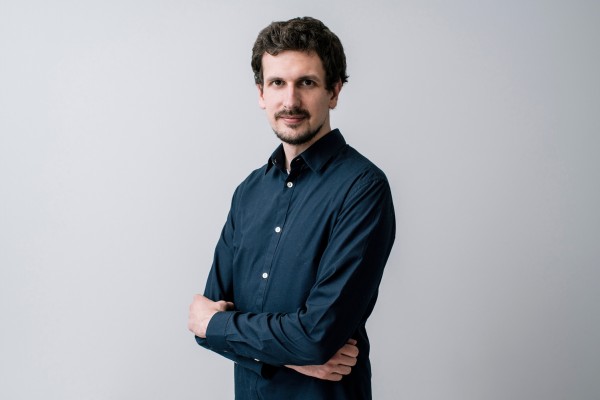Article 51
Article 51
Niels Ackermann
March 20, 2018
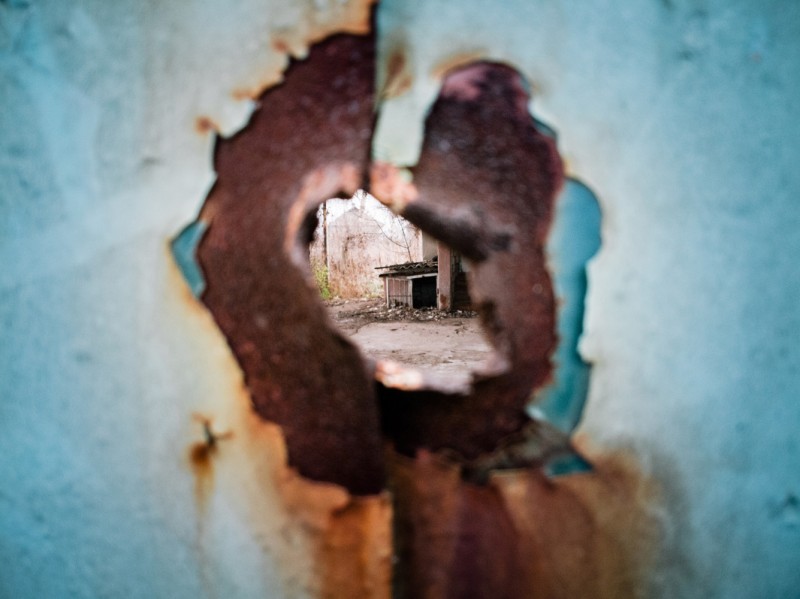
© Niels Ackermann
Originally on a journalistic assignment, he also shot a series with his Huawei Mate 10 Pro. The series is titled Article 51, in reference to the Geneva Convention’s article specifying that it is forbidden to shoot civilians during military operations. We talked to him about Article 51 and the pros and cons of smart phone photography.
How did you come to photograph in the Donbass region?
To be honest, I’m not that into war reportage, and I tried to avoid the topic while photographing in Ukraine over recent years; but when a journalist approached me with his project to accompany the Organization for Security and Co-operation in Europe (OSCE) mission and document the life of villages along the front line, I agreed to do it. My goal was to produce a visually different way of speaking about war and also to avoid the usually depressive rhetoric when it comes to speaking about conflicts, emphasising more on problem solving and the return to everyday life.
How did the series of shrapnel holes come about?
The story in itself is much larger than simply this little set of images of shrapnel holes. The series of shrapnel holes started by accident. I happened to look at what was behind one of these perforated fences and saw a brand new window with a plastic frame and freshly painted wall. I then started photographing what was behind other holes in the same area: a dog here, a car there, a small tree, the door of a house, etc.
Why did you photograph with a smart phone?
Huawei approached me with the Mate 10 Pro some time ago. I tried it and I quite liked it. So I wanted to see how far I could go with a smart phone.
As I said, the series of shrapnel holes is just a small part of the report, but after shooting the first images with my usual camera, I was annoyed by the lack of depth of field. You photograph both something very close and very far. So with a full frame sensor, you need a very closed diaphragm. Phone sensors are much smaller, which increases the depth of field. That was the primary reason why I shot this set with the phone.
How do you find the experience of photographing with a mobile phone in general?
For me, the coolest thing about smart phone photography is that you can do everything on one single device: shooting, retouching and sending/uploading. You can do it all without using a computer, without having to transfer anything. That’s a gain of time. I also like the discretion of it. People are so used to seeing everyone taking pictures with a smart phone, that you’re no longer any different than anyone else, which helps taking pictures without attracting attention.
On the downside, I still see a few obstacles. The image quality has made giant leaps over recent years, and the ability to shoot raw files is priceless. I’m also amazed by what you can do with the artificial bokeh, how you can personalise it; but it still lacks realism at times, and I hope its algorithms will evolve during the coming years.
I’m happy to see companies such as Leica becoming involved in this field, partnering with a company such as Huawei that seems really focused on advancing phone photography. I’m still unsure as to whether one day we’ll be able to shoot a complete reportage with the same quality as we can get out of a DSRL/rangefinder; but I’m completely convinced that phones will increasingly become an essential tool for creating images we wouldn’t or couldn’t take with normal cameras.
What are your next projects?
I want to continue working in the region. Article 51 is just one small story, but there are many more to tell. If I can help show how civilian populations are key to the reconstruction, to the improvement in their situation, and, who knows, maybe even support the first steps towards peace, then I’d be happy.
I’m also working on many different stories outside Ukraine, mainly revolving around politics and culture, many of which will appear in the coming months.
Niels Ackermann+-
Niels Ackermann was born in Geneva, Switzerland, in 1987. He lives and works between Geneva and Kiev, Ukraine. He began working for the Swiss and international press in 2007, while studying Political Science at the University of Geneva. L’Ange Blanc, his reportage on post-Chernobyl youth, brought him many awards, including the Prix Rémi Ochlik-Ville de Perpignan and the Swiss Press Photo Award. Looking For Lenin, the project he undertook with Sebastien Gobert, searching for the fallen soviet idol in Ukraine, was first exhibited in Arles and is now touring in countries such as the UK, Russia, Switzerland and Lebanon. His work has been displayed at festivals and exhibitions in China, France, the Netherlands and Switzerland. More

© Niels Ackermann
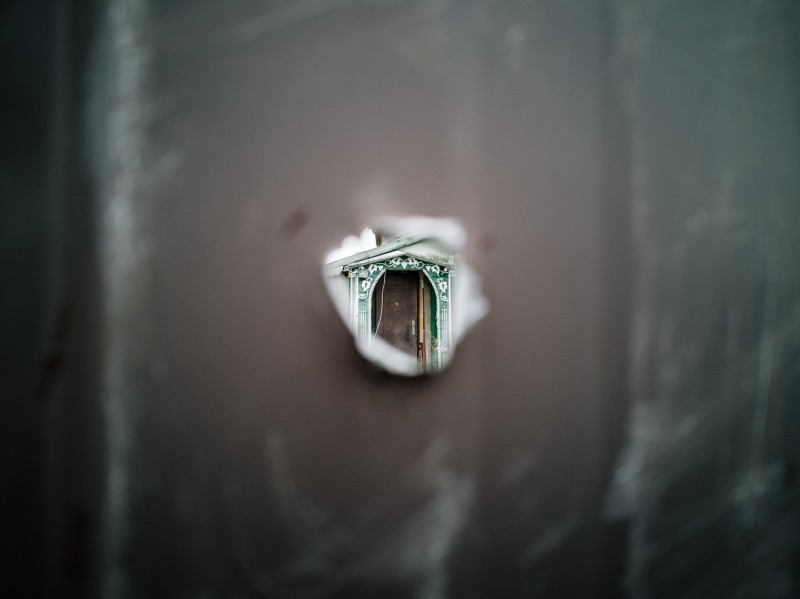
© Niels Ackermann
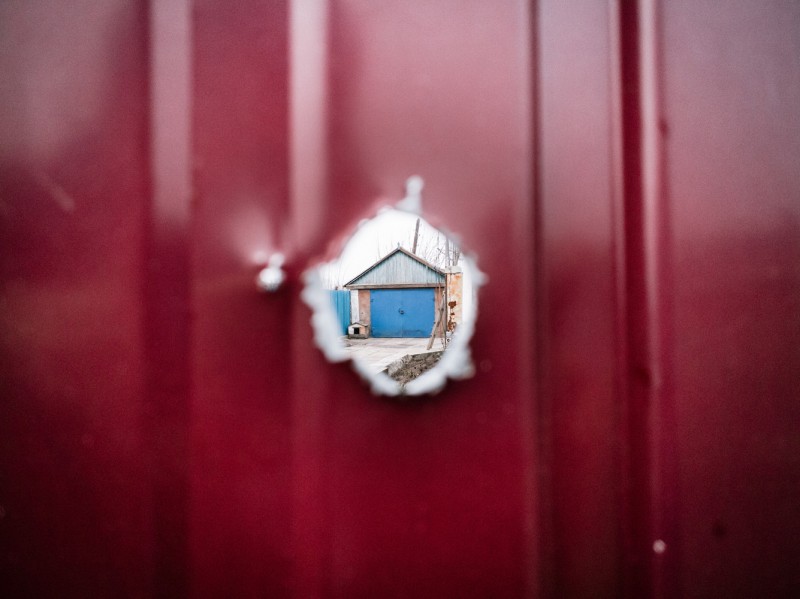
© Niels Ackermann
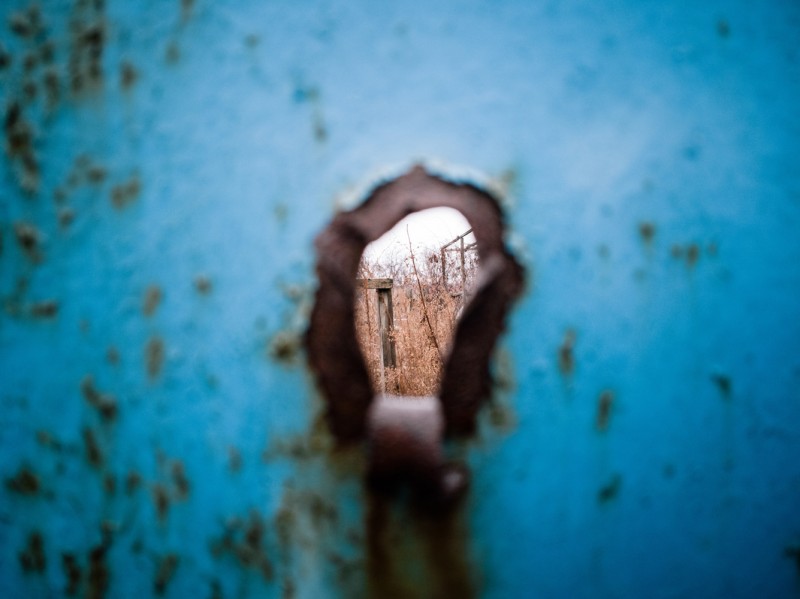
© Niels Ackermann
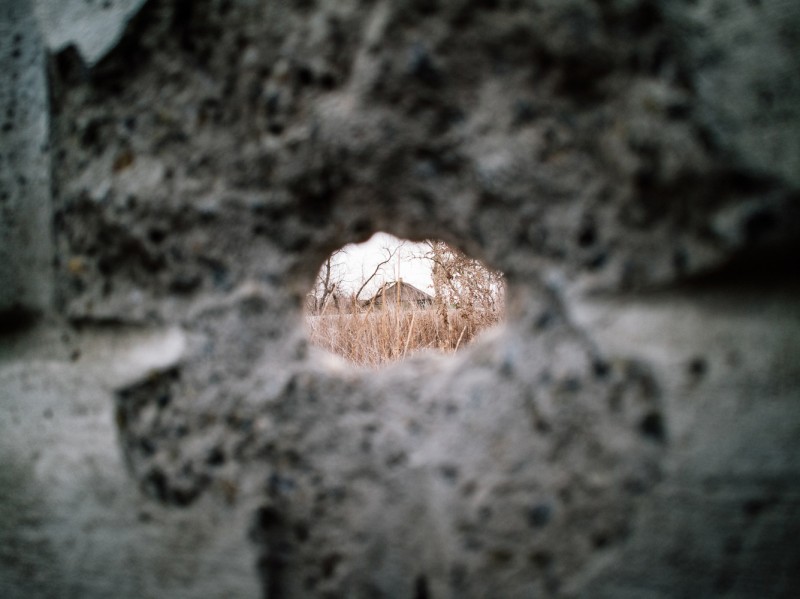
© Niels Ackermann

© Niels Ackermann
